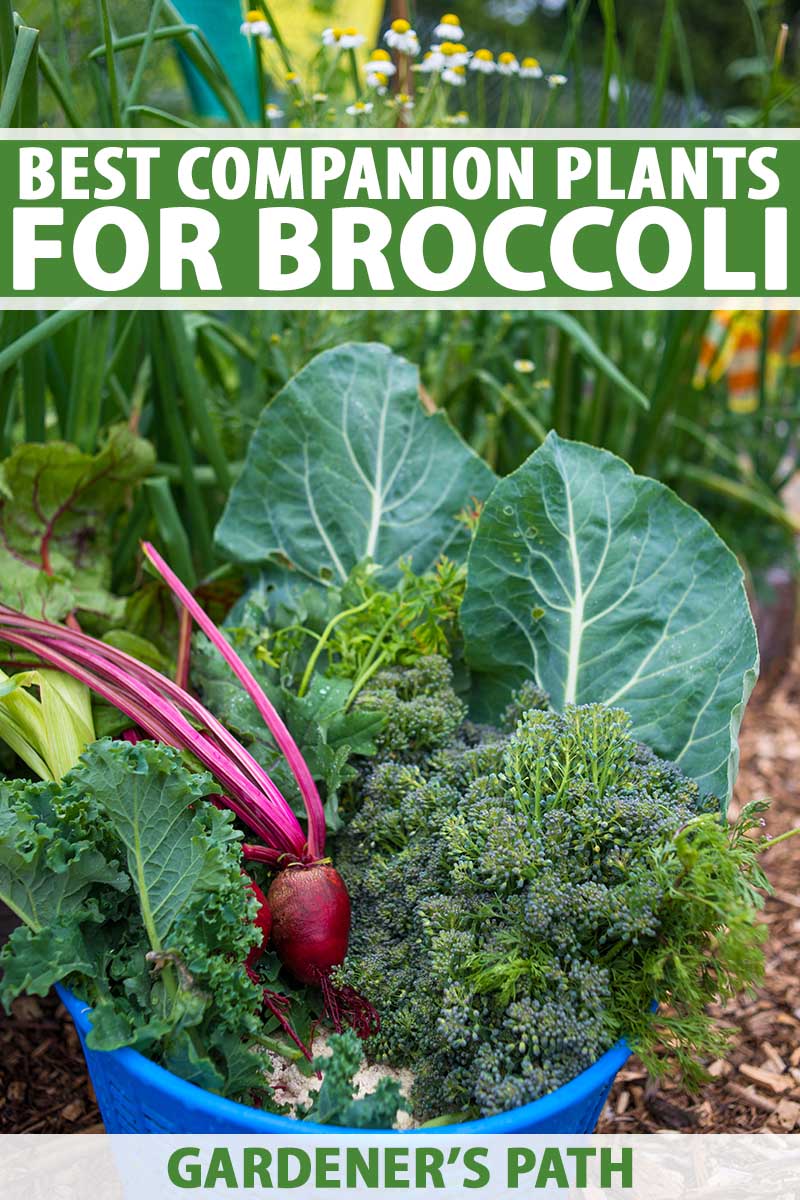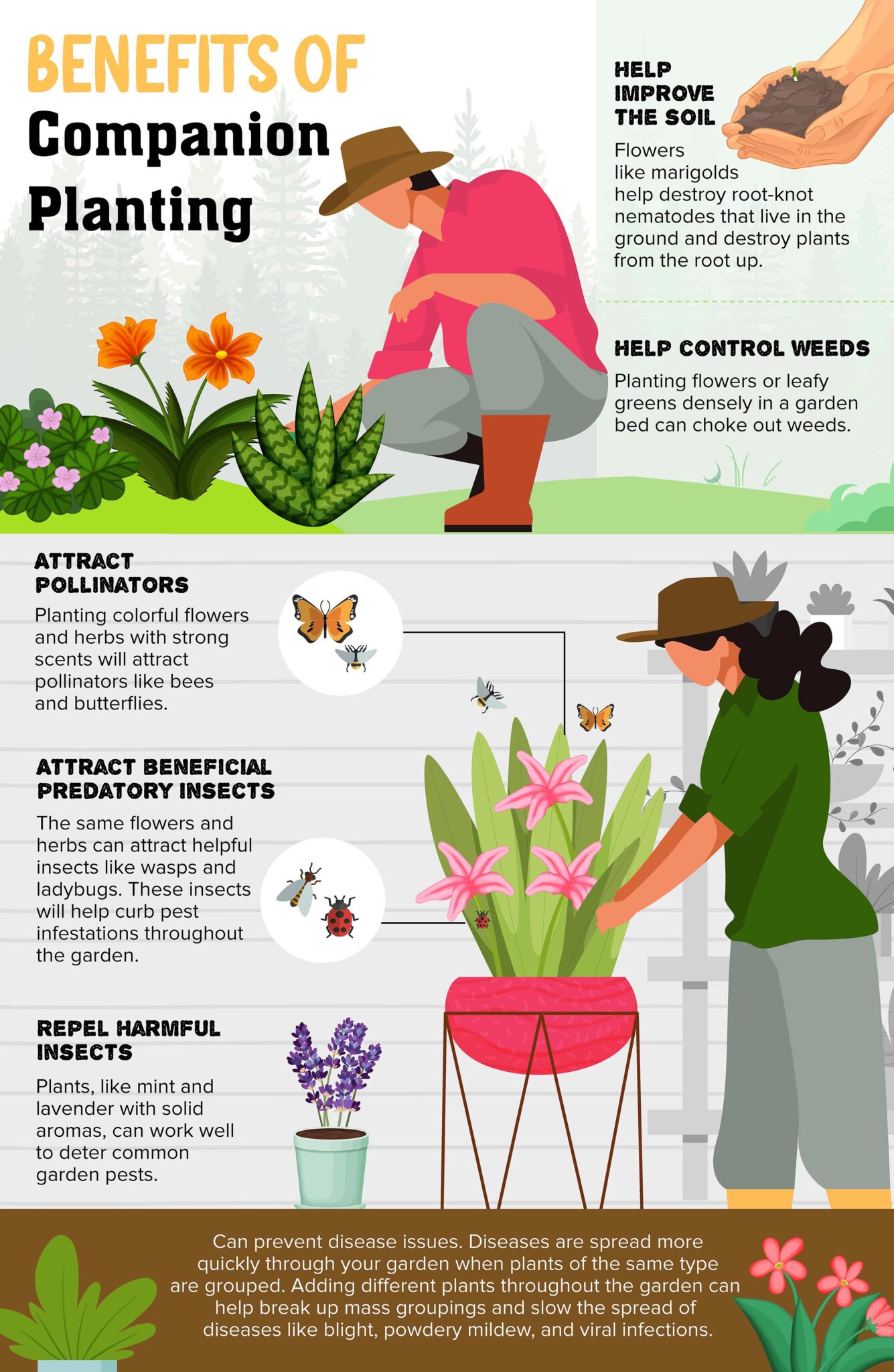Grow A Healthy Bountiful Harvest Of Spinach In Containers With These Companion Plants
Grow a Healthy Bountiful Harvest of Spinach in Containers with These Companion Plants
Spinach is a delicious and nutritious leafy green vegetable that is easy to grow in containers. It is a cool-season crop that does best in spring and fall, but it can also be grown in containers indoors during the winter.
One of the best things about growing spinach in containers is that you can control the growing conditions, which can help to ensure a healthy and bountiful harvest. You can also choose the right companion plants to help deter pests and diseases.
In this blog post, we will discuss how to grow a healthy and bountiful harvest of spinach in containers, including tips on choosing the right container, soil, and companion plants.
Choosing the Right Container
The first step to growing spinach in containers is choosing the right container. You will need a container that is at least 6 inches deep and 12 inches wide. The container should also have drainage holes to prevent the roots from rotting.
If you are growing spinach in a container indoors, you will need to choose a container that is made of a material that can withstand cold temperatures. Plastic and fiberglass containers are both good options.
Choosing the Right Soil
The next step is choosing the right soil. Spinach prefers a loose, well-draining soil that is rich in organic matter. You can purchase a commercial potting mix that is specifically designed for vegetables, or you can make your own potting mix by mixing equal parts potting soil, compost, and perlite.
Planting Spinach
Once you have chosen the right container and soil, you can start planting your spinach seeds. Sow the seeds ¼ inch deep and 2 inches apart. Water the seeds well and keep the soil moist until they germinate.
Spinach seeds will germinate in about 5-10 days. Once the seedlings have emerged, you can thin them to 4 inches apart.
Caring for Spinach
Spinach is a relatively low-maintenance plant, but there are a few things you need to do to keep it healthy and productive.
- Water regularly, especially during hot weather.
- Fertilize every 4-6 weeks with a balanced fertilizer.
- Protect from pests and diseases.
Harvesting Spinach
You can start harvesting spinach leaves when they are 2-3 inches long. Harvest the leaves by cutting them off at the base of the plant.
You can continue to harvest spinach leaves throughout the growing season. If you live in a warm climate, you may need to replant your spinach every 4-6 weeks to ensure a continuous harvest.
Companion Planting
Companion planting is a gardening technique that involves planting certain plants together to benefit each other. There are a number of companion plants that can be beneficial for spinach, including:
- Carrots: Carrots and spinach have different root systems, so they do not compete for nutrients. Carrots also help to deter pests from spinach.
- Lettuce: Lettuce and spinach are both cool-season crops that thrive in similar conditions. They can be planted together in the same container or bed.
- Kale: Kale is a Brassica plant, like spinach, so it has similar nutrient requirements. Kale also helps to protect spinach from the heat.
- Marigolds: Marigolds are a flowering plant that helps to deter pests from other plants. They are a good companion plant for spinach because they can help to keep aphids and other pests away.
Avoiding Pests and Diseases
Spinach is susceptible to a few pests and diseases, including aphids, slugs, and leaf miners. You can control these pests by using insecticidal soap, neem oil, or diatomaceous earth.
Spinach can also be affected by a disease called downy mildew. Downy mildew is a fungal disease that can cause the leaves of spinach to turn yellow and wilt. You can prevent downy mildew by planting spinach in a well-drained location and avoiding overhead watering.
Conclusion
Growing spinach in containers is a great way to enjoy this delicious and nutritious vegetable. With a little care and attention, you can easily grow a healthy and bountiful harvest of spinach in your own backyard.
Growing spinach in containers is a great way to enjoy this leafy green even if you don't have a lot of space. But what plants should you grow with your spinach?
Some good companion plants for spinach include:
- Brassicas: These plants have different root systems than spinach, so they won't compete for nutrients. Some good options include broccoli, Brussels sprouts, cabbage, and cauliflower.
- Lettuce: Lettuce and spinach are both cool-season crops that grow well together. They also attract beneficial insects, such as ladybugs, which help to control pests.
- Radishes: Radishes are a fast-growing crop that can help to deter pests from your spinach. They also make a good trap crop for leaf-miners, which are small insects that can damage spinach leaves.
- Marigolds: Marigolds are not only beautiful flowers, but they also help to repel pests. They are a good choice for companion planting with spinach because they can help to keep away aphids, spider mites, and whiteflies.
For more information about companion plants for spinach in containers, visit Gardenia Inspiration.
FAQ of companion plants for spinach in containers
Question 1: What are the best companion plants for spinach in containers?
Answer: Some of the best companion plants for spinach in containers include:
- Brassicas: These plants, such as broccoli, kale, cabbage, and cauliflower, have different root systems than spinach, so they don't compete for nutrients. They also help to deter pests, such as aphids and cabbage moths.
- Legumes: Legumes, such as beans and peas, fix nitrogen in the soil, which can benefit spinach. They also help to improve the drainage of the soil, which is important for spinach, as it doesn't like to sit in wet soil.
- Herbs: Some herbs, such as chives, mint, and parsley, can help to repel pests from spinach. They also add flavor to spinach dishes.
- Flowers: Some flowers, such as marigolds and nasturtiums, can help to attract beneficial insects to the garden, which can help to control pests. They also add beauty to the garden.
Question 2: What plants should I avoid planting near spinach in containers?
Answer: Some plants that you should avoid planting near spinach in containers include:
- Fennel: Fennel has a strong odor that can stunt the growth of spinach.
- Potatoes: Potatoes are heavy feeders and can compete with spinach for nutrients.
- Tomatoes: Tomatoes are a warm-season crop, while spinach is a cool-season crop. Planting them together can lead to problems with pests and diseases.
Question 3: How do I plant companion plants with spinach in containers?
Answer: When planting companion plants with spinach in containers, it's important to choose plants that have similar water and nutrient requirements. You should also plant them so that they don't shade each other out.
A good way to plant companion plants with spinach in containers is to create a "living mulch". This is a layer of low-growing plants that is planted around the spinach plants. The living mulch helps to suppress weeds, retain moisture, and improve the drainage of the soil.
Question 4: How do I care for companion plants with spinach in containers?
Answer: The care requirements for companion plants with spinach in containers are similar to the care requirements for spinach alone. You will need to water the plants regularly, fertilize them occasionally, and control pests and diseases.
It's important to note that some companion plants, such as marigolds and nasturtiums, attract beneficial insects. These insects can help to control pests that can damage spinach plants.
Question 5: What are the benefits of planting companion plants with spinach in containers?
Answer: There are many benefits to planting companion plants with spinach in containers. These benefits include:
- Improved plant growth: Companion plants can help to improve the growth of spinach plants by providing them with nutrients, water, and protection from pests and diseases.
- Increased yields: Companion plants can help to increase the yields of spinach plants by attracting beneficial insects and deterring pests.
- Enhanced beauty: Companion plants can add beauty to the garden and make it more attractive.
Image of companion plants for spinach in containers
5 different images of companion plants for spinach in containers from Pinterest:
Radishes are a good companion plant for spinach because they have different root depths, so they don't compete for nutrients. Radishes also help to deter pests like aphids and flea beetles.
Beans are another good companion plant for spinach because they help to fix nitrogen in the soil, which is beneficial for spinach. Beans also provide shade for spinach, which can help to protect it from the hot sun.
Carrots are a good companion plant for spinach because they have different water needs, so they won't compete for water. Carrots also help to deter pests like carrot root fly.
Marigolds are a good companion plant for spinach because they help to deter pests like aphids and spider mites. Marigolds also attract beneficial insects like ladybugs, which help to control pests.
Nasturtiums are a good companion plant for spinach because they help to deter pests like aphids and spider mites. Nasturtiums also attract beneficial insects like ladybugs, which help to control pests.





Post a Comment for "Grow A Healthy Bountiful Harvest Of Spinach In Containers With These Companion Plants"